Why Using Cruise Control In The Wet Will Actually Help You
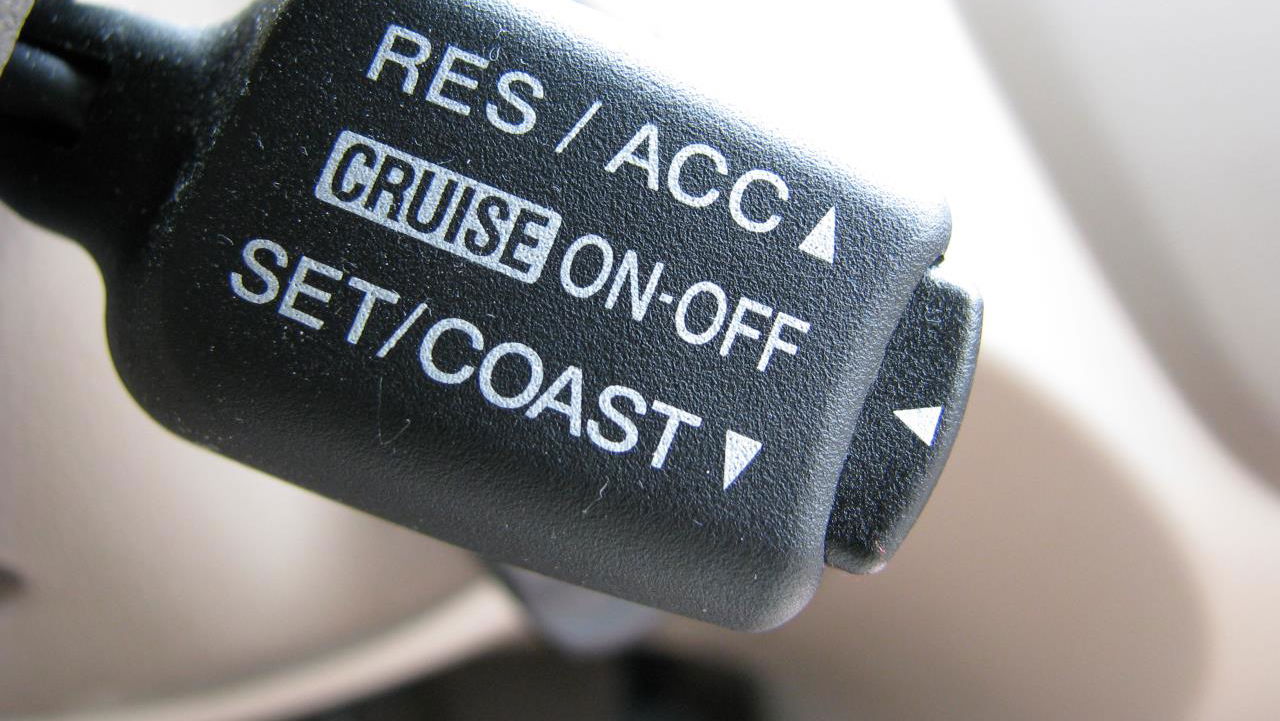
Cruise control has been a staple of motoring for over 50 years, being pioneered by the 1958 Chrysler Imperial as an ‘Auto Pilot’ function. But is it safe to rely on cruise control technology to take over and let you sit back and relax in the wet?
Myths of cars suddenly accelerating and causing large accidents due to a rogue cruise control system in the rain float around the internet and populate forums, pleading with the general public to avoid the lazy option of driving at all costs.
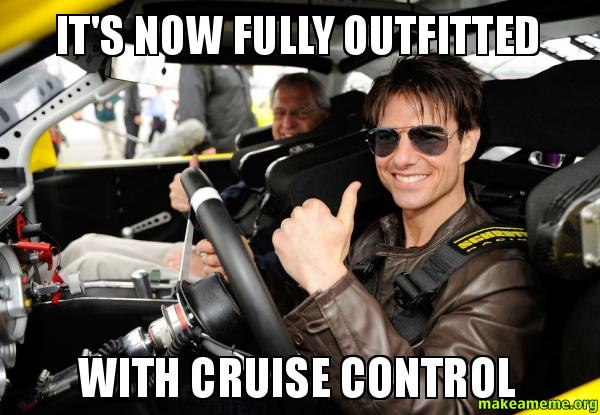
Most cruise control systems are switched off by manual inputs from the driver, be it through the brake pedal or throttle. This input breaks the electronic circuit that has been keeping the car’s speed constant and reverts back to manual speed control. Now think about the input needed to break that circuit in a scenario like a skid or aquaplane incident.
Braking or accelerating during a skid can cause the vehicle to become even more unsettled by throwing the weight of the vehicle forward and getting you in a larger heap of bother. And to understand exactly what’s going on, we need to look into the frictional interaction between the tyres and the road.
Friction occurs naturally when two substances come into contact with each other, and the force that this friction creates is found by knowing the coefficient of friction and the vertical force acting downwards into the surface, known as the ‘normal’ force.
The four wheels act as the points of contact between the car and the road and therefore the friction force is applied through these contact patches. The force produced by the friction of the tyres on the road is called the ‘rolling resistance’ and can be summarised by the following equation:
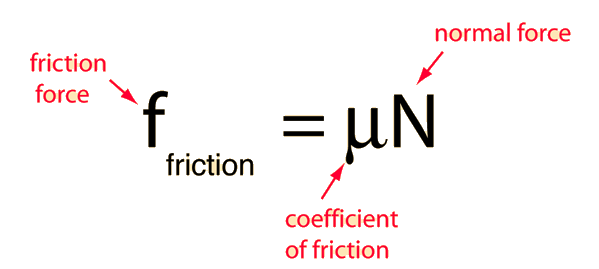
Now, more about the coefficient of friction. Denoted by the symbol ‘µ’, a high coefficient will mean the potential for a large friction force. As an average, tarmac generally has a ‘COF’ of 0.7 when dry. Predictably, rain on a road surface decreases that value down to around 0.4. This decrease in COF results in a decrease in friction between the tyres and the road leading to an inherent lack of control.

Now back to the cruise control. To keep a car travelling at a constant speed, a feedback loop transmits the car’s speed through to the ECU which will then adjust the throttle.
Let’s say you are on the motorway and then suddenly begin to lose control in the wet with cruise control on. The car is set up to keep proceeding at the speed chosen by the driver. And here enters the dangerous part. You’ll want to disengage the cruise control so that you can slow down so your immediate reaction may be to touch the brake pedal to break the circuit and take manual control of the car.
By hitting the brakes firmly in the wet conditions, you run the risk of locking the brakes which has an even larger effect on the coefficient of friction. By locking the wheels, only one constant area of tyre is in contact with the road, allowing the water to quickly lubricate the contact patch which can lead to a dangerous aquaplane. Unlike normal ‘rolling’ braking where the tyre contact patch is constantly being refreshed as the wheels are turning, a locking situation causes the coefficient of friction to plummet to an estimated 0.1-0.2, almost completely negating the driver of any form of control.
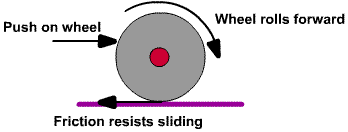
Thankfully, cruise control measures wheel speed as its primary input. As a car aquaplanes, the wheels will suddenly spin faster due to a lack of resistant friction so the control system will send feedback to the cruise control system to decrease throttle to try and match the original wheel speed before the skid. So essentially cruise control should try and reduce the effects of the uncontrollable skid rather than enhance them. Really, the ideal course of action is to try and steer into the skid with your feet fully off the pedals until traction is found again, in which case the brake can then be applied to disengage the cruise control and slow the vehicle to a safe speed.
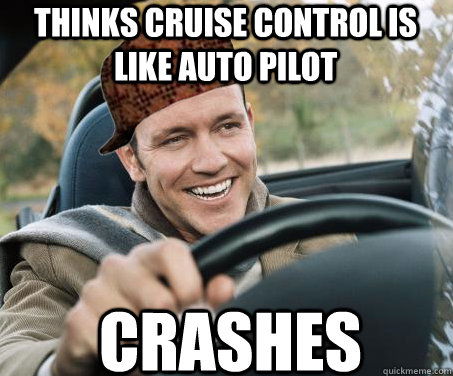
The RAC and other highway agencies will tell you to never use your cruise control in wet or icy conditions and they definitely have a point. It is always best practice to be in full control of your car in case of something like an aquaplane scenario. In terms of outright safety however, cruise control should actually help your car control itself in what can become a very serious situation.
So myths of cruise control making cars take off uncontrollably into motorway barriers? Absolute tripe.
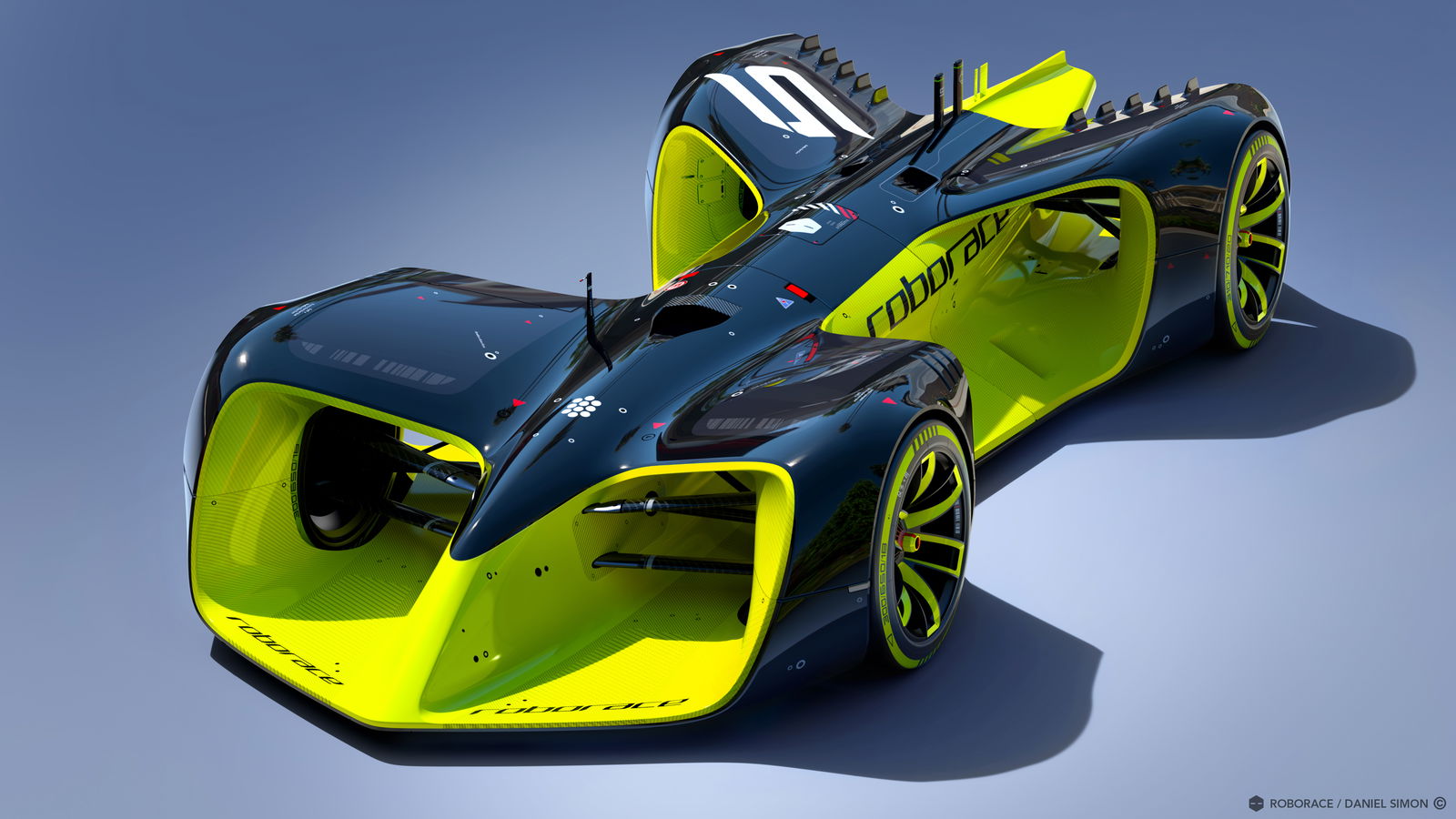
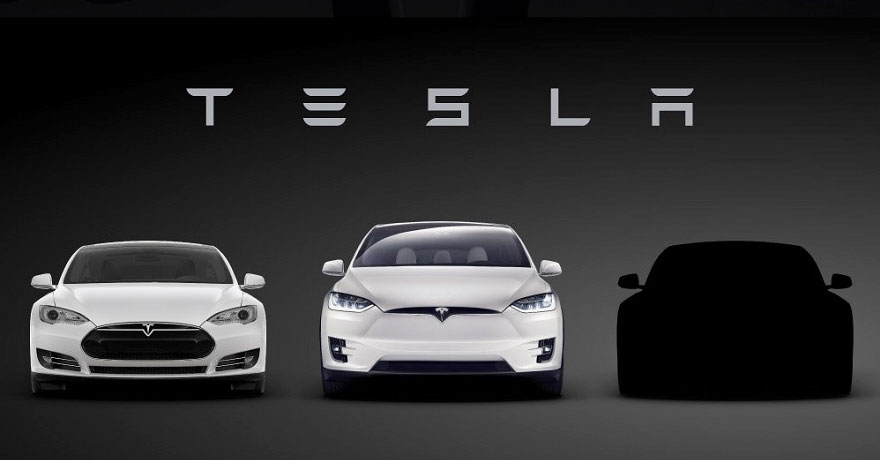
Comments
N
Since when do CT posts have ads?
In Europe, we have manual clutches, and use it to deactive cruise control.
Worst cruise control I ever used was when I had a new Toyota Corrolla for a rental. The slightest change in elevation in the road would have the system questioning its life choice, and you could feel it not being sure what to do next. Going up hill, it wouldn’t try to accelerate until you were 5 mph below what you set the cruise at. Going down hill, the system would let the car speed up to over 5 mph above the set cruise before it would start trying to slow the car down. Even then, once you were back at level ground it would take forever for the system to get you back to the cruise speed you wanted.
Then there was other issues I had with the car. Interior was bland, ride was sub par at best, the auto transmission took for ever to change gears, and even longer if you switched to the clutchless manual feature. Over all, the 2015 Corrolla is the one of the worst cars I have ever had the misfortune of driving.
Or you could press the “off” switch
Just to clear things up, because it sounded us though the writer only got half of the concept of friction (= grip) and it is an important aspect to know for (racing)drivers
Not only does locking up the brakes prevents the water from being channeled away (if this is the right way to phrase it) the kinetic friction coefficient between the tyre and any type of surface (wet or dry) is always lower than the static friction coefficient.
While a wheel rolls over tarmac, asfalt or concrete there is static friction between the tyres and the road, there is no movement between the rubber and the road. This sounds weird but it is true, when you would mark a part of the tyre as soon as it touches the road and mark that piece of road aswell, you would see that these two parts (rubber and road) will stay connected until the part of the tyres moves upward again because of the circular motion.
When you lock up your brakes, there is kinetic friction instead of static friction (the coefficient of kinetic fricition is always significantly lower) because there is movement between the tyre and the road. The road moves under the car with a certain speed, normally the tyre surface will rotate at a certain speed to match the road/car speed.
So no static friction but kinetic friction. What does it mean? You might say well I’m hydroplaning. But it is highly unlikely you spend your complete crash hydroplaning, it never takes this long. When you get into contact with the road again you probably want to come to a stop as soon as possible, making sure your brakes haven’t locked up can save you a braking distance of 10 metres or more.
Lower coefficient = less braking force = lower deceleration = longer braking time = longer braking distance. It can make the difference between almost hitting a lantern post or totalling your precious vehicle. Also if you do crash anyway the speed and force of impact of your crash will be significantly lower, resulting in less damage to you, others and your car
Hello there!!
Correction. The normal force acts perpendicular to a surface (in this case upwards not downwards) as the result of contact with said surface. It is equal to the weight of the object
I’ve never heard of this “don’t use cruse control in the wet” advice before and I use it all the time. But to be brutally honest, if you have good tires on your car, you shouldn’t aquaplane at normal road speeds.
Also just what kind of car are you using as an example that has cruse control but no ABS?
Can I just say as someone who as aquaplaned across 4 lanes of freeway traffic and the median strip (30m total) due to the use of cruise control that once the car is aquaplaning is can easily turn sideways which will the put you in a 4 wheel skid which with cruise control on is disaster waiting to happen
Pagination